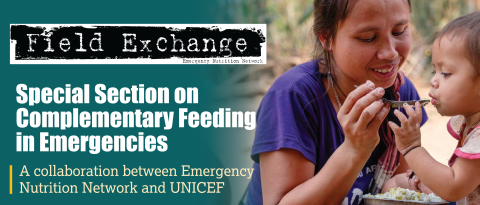2022 Global Report on Food Crises
This is a summary of the following report: Global Network against Food Crises (2022) 2022 Global report on food crises: Joint analysis for better decisions. https://www.wfp.org/publications/global-report-food-crises-2022
In its sixth edition, the 2022 Global Report on Food Crises (GRFC) presents higher global levels of hunger than any previous year. The number of people classified as ‘in Crisis or worse’ (Integrated Food Security Phase Classification (IPC)/Cadre Harmonisé (CH) Phase 3 or above), or equivalent, reached close to 193 million across 53 countries/territories in 2021. This equates to an increase of nearly 40 million since 2020 and an 80% increase since 2016. While such increases reflect greater availability of acute food insecurity data, broader geographical coverage, and revised population figures, they also indicate deteriorating levels of food security in several countries. Over half a million people (570,000) faced Catastrophe (IPC/CH Phase 5) – starvation and death – in four countries: Ethiopia, South Sudan, Southern Madagascar and Yemen, the highest number in GRFC history.
Food crises in 2021 were driven by multiple, integrated and often mutually reinforcing factors including economic shocks and uneven global recovery from the COVID-19 pandemic, as well as weather extremes and related disasters. However, conflict/insecurity remained the main driver and was primarily responsible for placing 139 million people across 24 countries/territories in need of urgent food and livelihood assistance. This is a stark increase from 99 million people across 23 conflict-affected countries/territories in 2020.
In 23 of the 35 major food crises, limited data suggests that almost 26 million children under five years of age suffered from wasting and over five million were at a markedly increased risk of death due to severe wasting. As with the food crises themselves, malnutrition was driven by a complex interplay of factors in these contexts, including acute food insecurity, poor child-feeding practices, a high prevalence of childhood illnesses, and poor access to sanitation, drinking water and health care. This highlights the fragility of global and local food systems which are under mounting pressure due to the increased frequency and severity of weather extremes, repercussions from the COVID-19 pandemic and related restrictions, increasing conflict and insecurity, and rising global food prices.
Projections for 2022 indicate persistent or increasing acute food insecurity for most of the world’s major food crises. Major deterioration is anticipated in northern Nigeria, Yemen, Burkina Faso and the Niger due to conflict, and in Kenya, South Sudan and Somalia, largely due to consecutive seasons of below-average rains. This deterioration will likely be exacerbated by the repercussions of the war in Ukraine on global food, energy and fertiliser prices and supplies.
The GRFC recognised that the international community has stepped up to calls for urgent action towards mitigating famine, but that global humanitarian and development funding for food crises is failing to match growing demands. The report further emphasised the need for at-scale action to protect lives and livelihoods and support sustainable food systems and production where it is needed most. Where food availability is limited, this should include supporting local food supply chains and market access, diversified livelihoods, and greater resilience to shocks. There is also a need to mobilise investments and political will to collectively address the causes and consequences of escalating food crises. While the overall quality of data has improved, further work is needed to improve the coverage, quality, and the timeliness of data collection and analysis.


